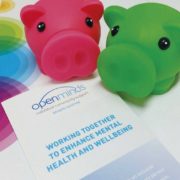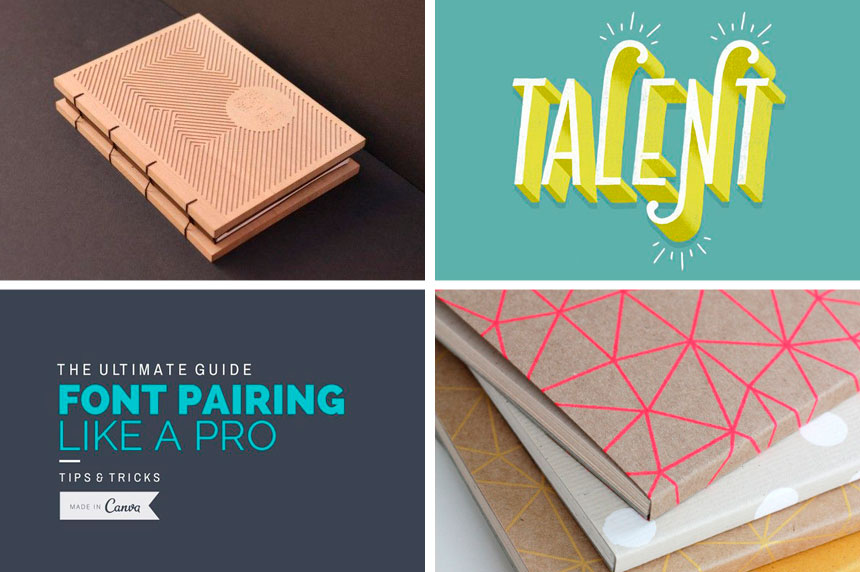The changing workplace
Sometimes it’s the obvious which appears a revelation when presented from a new perspective. Like understanding (and actually accepting) that work is but one element of our complicated lives. For most of us it’s a pretty big part – and often one which impacts on other areas of our life and the lives of those around us. Equally we must accept that work can be effected by the other areas of our lives in both good and bad ways . . .
This was the central theme to a presentation Salt attended yesterday to mark the launch of 2015 Mental Health Week.
In many workplaces it is considered ‘unprofessional’ to let our personal lives effect our performance at work – but can we really be expected to leave our worries, hassles, loves, anxieties, highs and lows at the door each work day? Potentially this misguided expectation can compound emotional issues to a point where we may struggle to cope and perform our job.
The challenge to acknowledge, respect and accept that mental health issues may at times affect a person’s ability at work. We would recognise this if someone arrived at work with a broken arm! So why are we expected to ‘suck it up’ ‘get on with the job’ and leave our personal issues at the door?
David Cooke, the first non-asian Managing Director of Konica Minolta (Australia) provided an insight into how he has approached this issue and changed the workplace culture of his organisation. He explained how through even the smallest of gestures we can encourage, empower and support our staff. And by doing so we can enrich their working lives and improve the efficiency and productivity of an entire organisation.
If we can identify a computer not working correctly and take steps to repair it – we need to enact a process to support and assist any member of our team if they are not functioning at their best. The awareness of mental health as a medical issue is increasing. However we appear to still struggle with accepting and dealing with it in the workplace as practically as we would if it was a broken arm or a head-cold. If we value ourselves and our staff, workplace culture needs to evolve to one which is more understanding, supportive and accepting.
 Useful links
Useful links
Human Rights
Open Minds
Queensland Mental Health Commission
Pictured // Our information pack including neon piggy banks!
![]() Because everything is better with a sprinkle of salt!
Because everything is better with a sprinkle of salt!
SALT.Shaker







